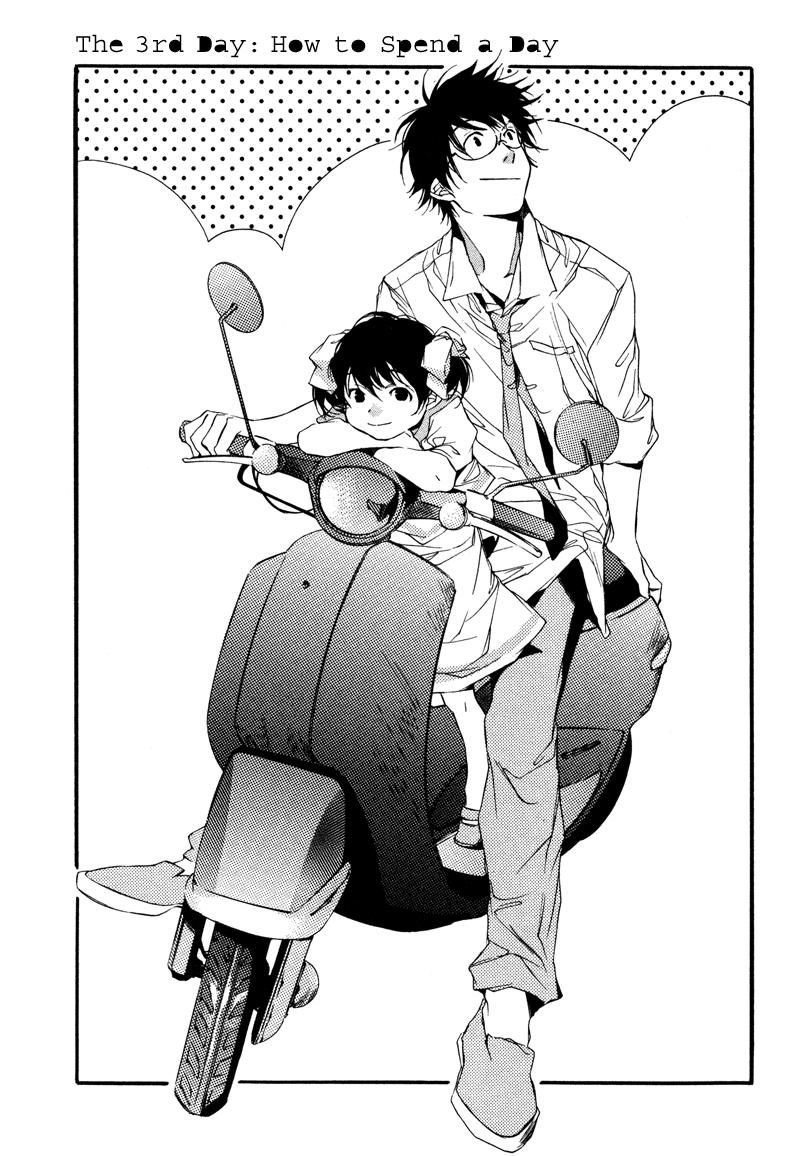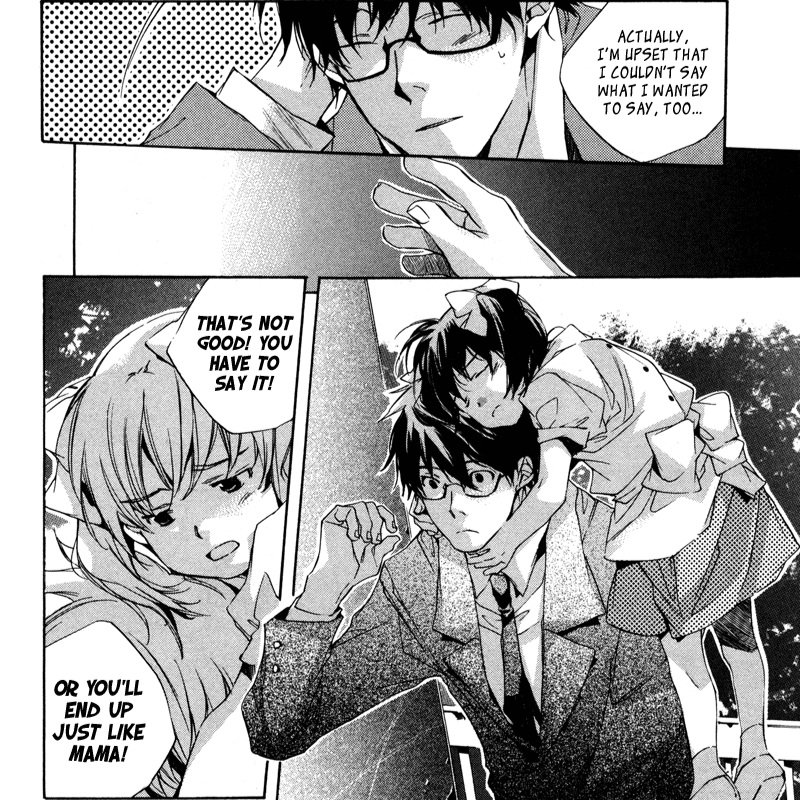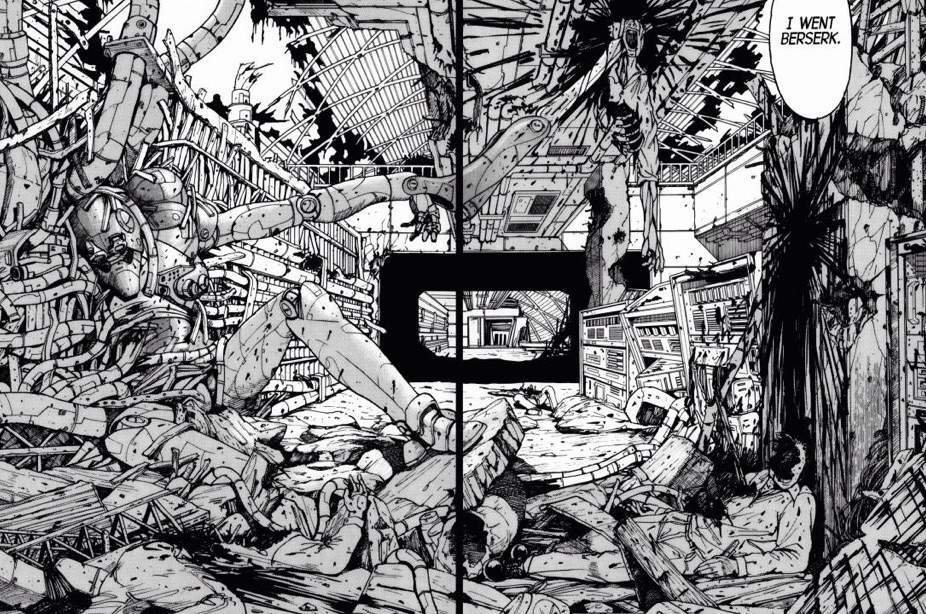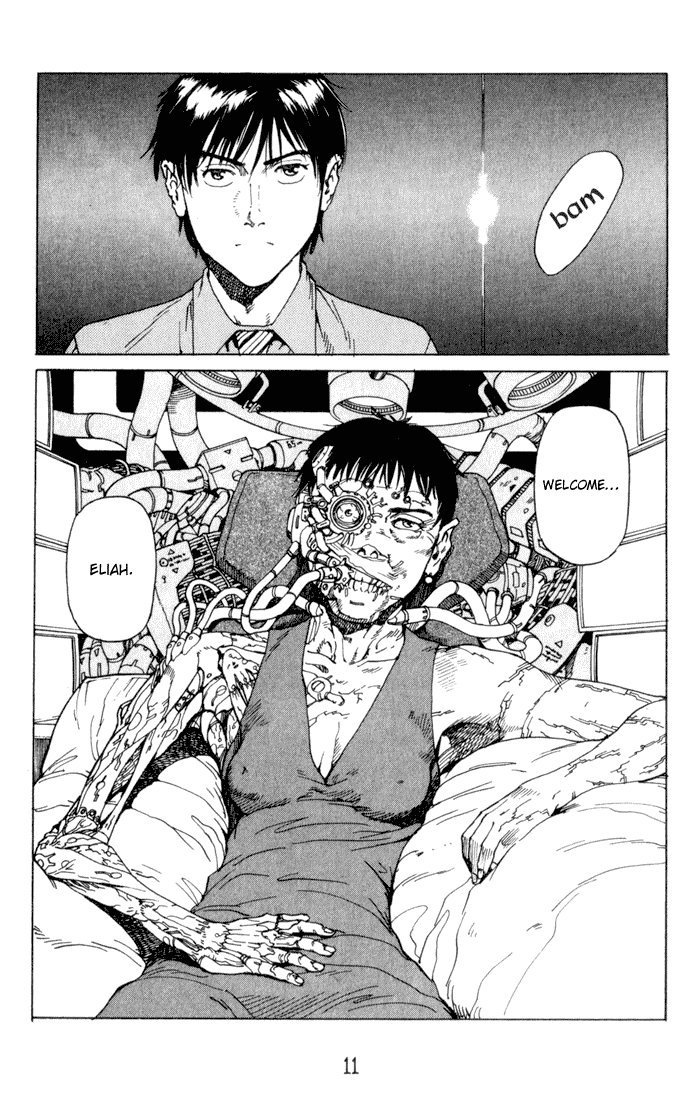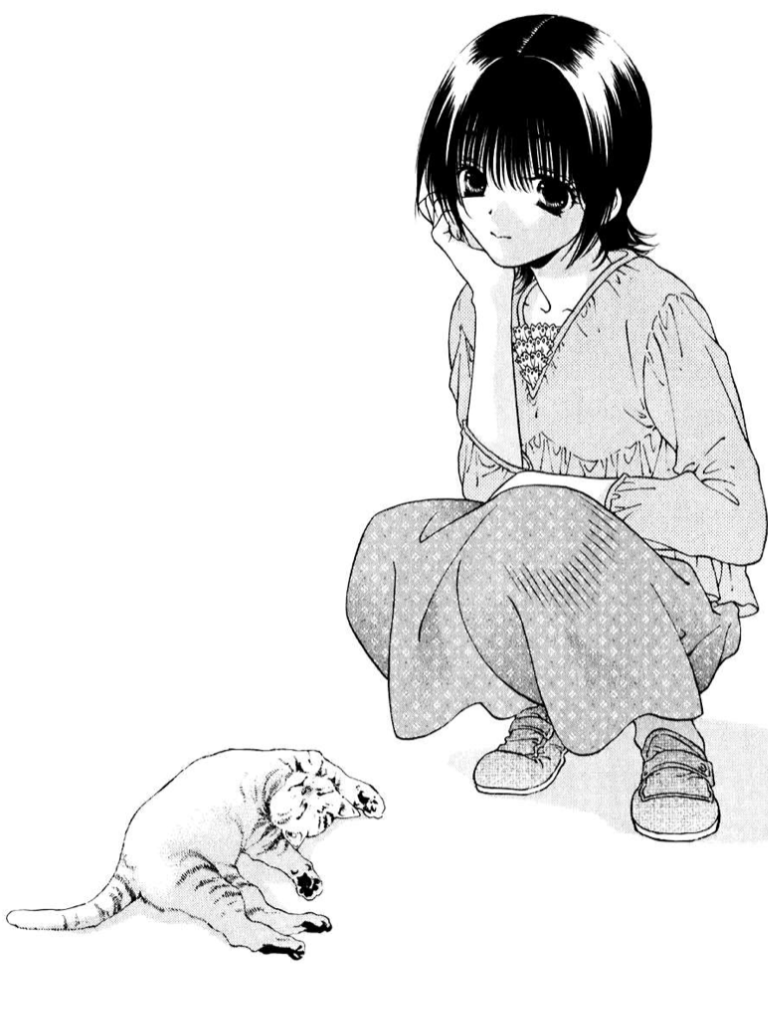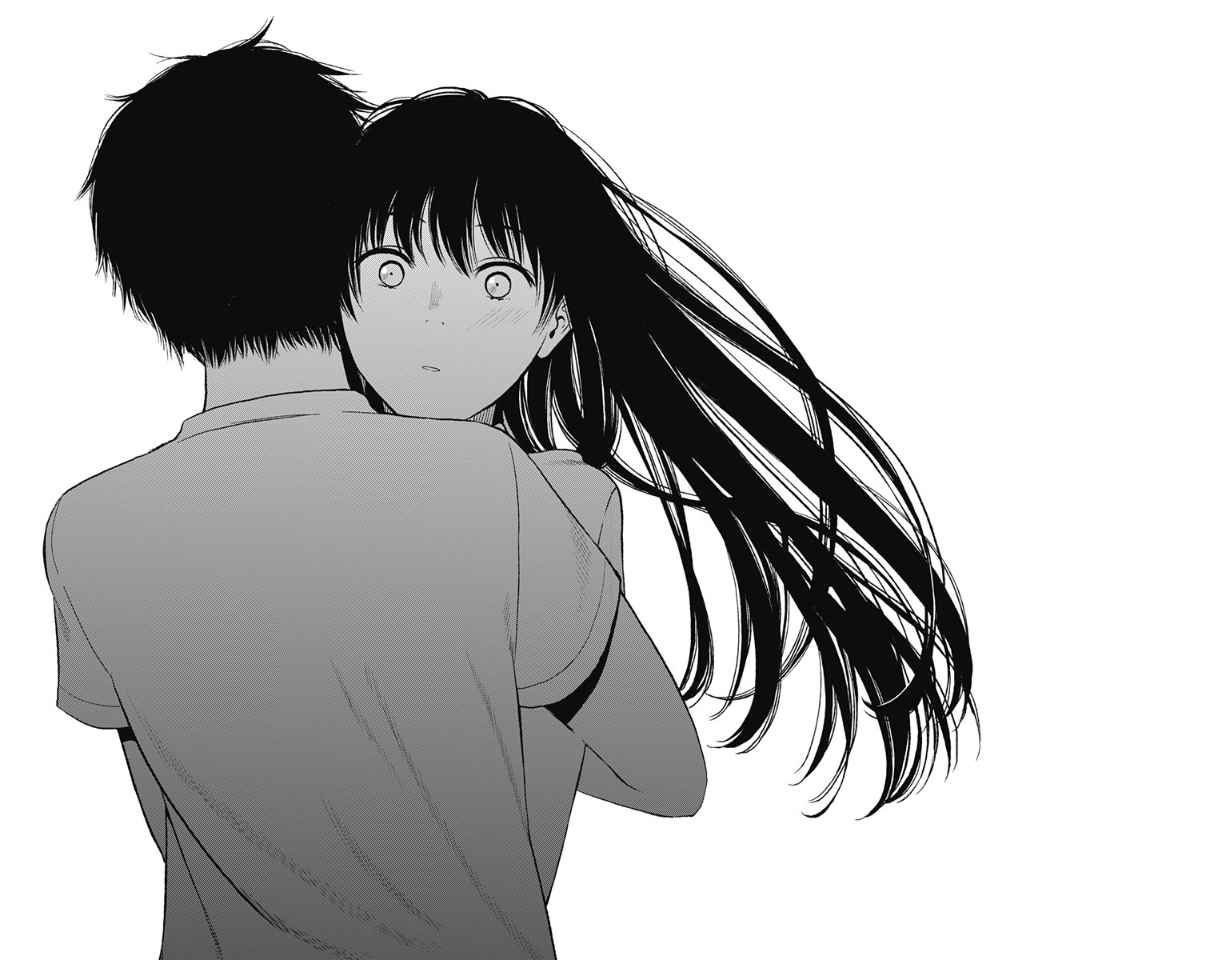Melancholia Ultra: Sabukaru’s Guide to the Saddest Mangas
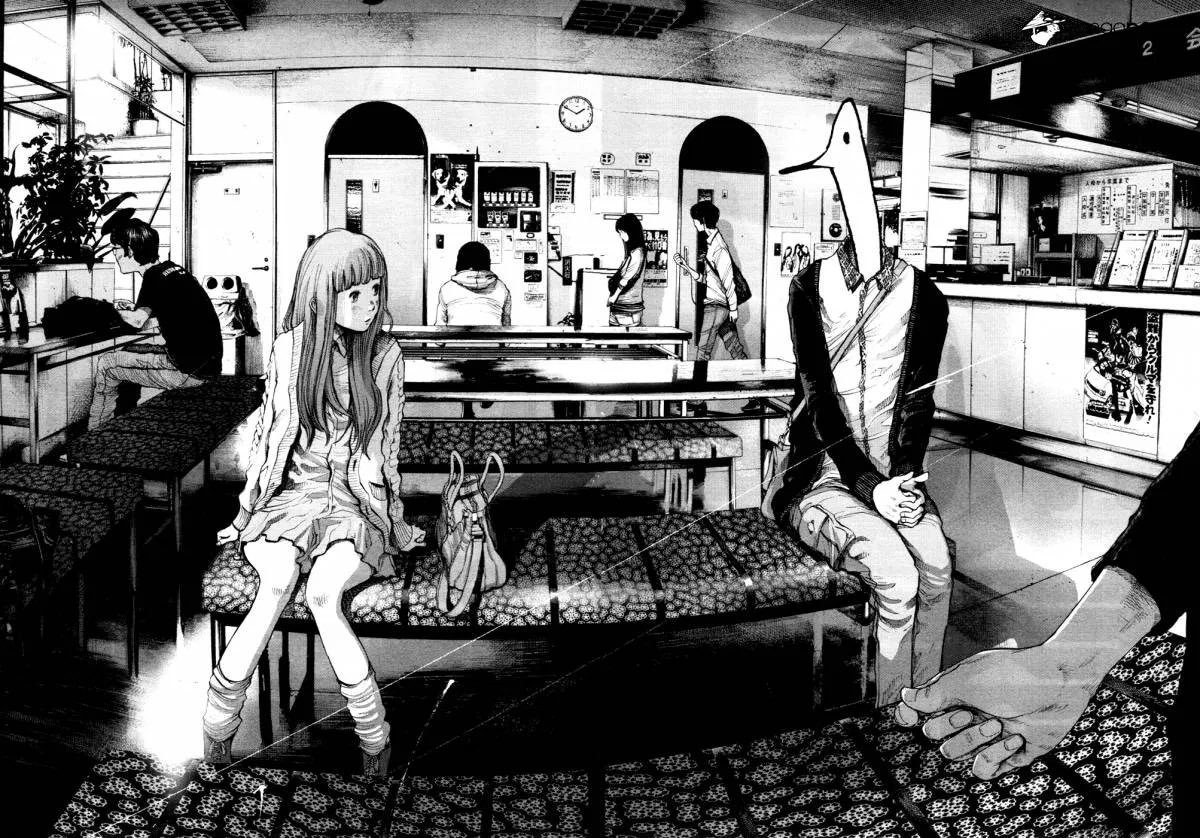
We often turn towards entertainment and literature to mimic escapism and heightened emotions.
Action, horror, and comedy are popular favorites for this reason, and even fanfictions roll out like the daily newspaper to elongate the consequent fantasies. Just like how we ignore the news when the world feels like it's on the verge of collapsing, rarely do we look for media that brings us down. But sometimes, we just have an aching urge to lean on something that brings out our ever-hiding melancholy and scars. Opening up a sad manga brings relief to many, for its relatability, its fragile beauty, and prose conveyed by its delicate illustrations and dialogue.
Panel from Oyasumi Pun Pun
There have been too many times when one picks up a new manga in hopes to get utterly sucked in by the story only to drop it because it’s too depressing. That’s a big issue when it comes to appreciating the sadder side of mangas, but this guide has got you covered. While we can’t promise you an actual happy ending, rest assured that the mangas in this list are game-changers and deserve to be in your all-time favorites.
If you haven’t delved into the universe of Nana by Ai Yazawa, it’s time to catch up on that one before scrolling down this list. Another popular one is definitely Your Lie in April by Naoshi Arakawa, which was also adapted into a live-action movie, as well as Erased by Kei Sanbe, a manga that has already been covered by sabukaru. Delicate, heavy, and relatable, sabukaru presents you with a curated list of 10 of the saddest mangas ever made.
Oyasumi Punpun
This absurd yet depressing manga has been a favorite of many since its release. Nihilistic yet humorous at times, the main tone of the story is, unfortunately, somewhat too familiar. Devoted manga fans know about the convoluted Inio Asano, a prolific mangaka who is simultaneously experimental and standard. Oyasumi Punpun, divided into 13 volumes, follows the anti-hero Onodera Punpun and his life throughout childhood into early adulthood, in modern Japan.
Growing up in an unstable family, Punpun has big dreams of saving the world, but his life starts to change when he falls in love with his elementary school classmate, Aiko Tanaka. Through the heartbreaks of his life, Punpun often summons a non-religious deity that he calls God to save him, but eventually finds out that it isn’t enough.
Beautifully illustrated, Oyasumi Punpun is a heavy load emotionally. It’s unsettling and heartwrenching, but it reaches deep into the individuality of every life passing on this earth. Solanin by the same author is just as good, so we suggest you check that out as well.
A Lollypop or a Bullet
If you’ve loved Nana, this one is for you. Two young girls face the violence of life at the edge of puberty. Nagisa is an aloof girl who has difficulty socializing with her peers at school, and her home life reflects her demeanor. With an overworked mother struggling to make ends meet after her husband’s death, Nagisa looks up to her hikikomori [sheltered] brother.
When the pretty and charismatic Mokuzo transfers to her school, the new girl is determined to befriend Nagisa because the latter is too withdrawn to question Mokuzo’s stories about being a mermaid. Bruised on the inside and the outside, Mokuzo and Nagisa’s friendship is like a game of tug-and-war, fighting against loneliness, abuse, and growing up.
A Lollypop or a Bullet by Kazuki Sakuraba and Iqura Sugimoto will leave you with a lump in your throat. Whether it’s the fragile innocence of the girls shattering or the rawness discovered from their scars, the bittersweetness echoes even after finishing the last book.
My Girl
Bittersweetness oozes from the story like an unhealthy wound, but My Girl is a cult favorite. The 23-year-old Masamune is passively living his life as any other average young man until he receives a call from the mother of his last ex-girlfriend: she passed away in a car accident, leaving him with a child he had known the existence of. Masamune is still hooked on his ex although the distance between them will never close, and now he is a single father, out of the blue. Determined to become a responsible parent, he gives everything he has to rebuild his brand-new life.
Less about parenthood and melodrama, My Girl is a tender and aching look at the various forms of grief and love. The happy moments are followed by tear-jerking scenes, harmoniously merging the complexity of human emotions into the art.
I Sold My Life for Ten Thousand Yen per Year
Disguised as a rom-com, I Sold My Life for Ten Thousand Yen per Year takes a much more philosophical turn than marketed. Discussing the meaning of life versus the ephemeral sensations of happiness. If people could sell their remaining lifespan, how would the world look like?
Kusunoki is already desperate at 20 years old and considers selling his life so he can enjoy what’s left with the money obtained. With 300 000 JPY left in his name [around 3k USD], there’s not much he can do, especially since Kusunoki still has 3 months left to live. The beginning of the ending of the young man’s life starts when Miyagi, the clerk of the life-exchanging store, shows up out of the blue at his house. She will be his “observer”, therefore she will be in charge of his last three days on Earth. The fleeting value of his life starts to echo, and Kusunoki will have to turn inwards to find peace.
Watashitachi no Shiawase na Jikan
There is no drought for romance shoujo, and Yumeka Sumomo’s work on Watashitachi no Shiawase na Jikan is remarkable. The sensitive Juri does not have a stable backstory. Born to a prodigious pianist mother, the parent took out her frustrations on her daughter for her downgrading career. Juri sees death as an escape until she meets Yuu under the guidance of her religious aunt Monica.
It turns out Yuu is on death row for murder, but Monica has been sending letters to the incarcerated man in hopes to help him. He declines the support willingly, but Monica is determined and incites Juri to give him a lending hand. Waltzing with death, passion keeps them on a tightrope, but tragedy follows their trace like a police dog. Watashitachi no Shiawase na Jikan is an adult romance manga, and it doesn’t hold back from saddening scenes.
Sundome
Nothing is better than a corny, fanservice manga when everything else just doesn’t feel right, or so thought many while picking up the first Sundome volume. As the story goes deeper, the racy jokes fade into something much more emotional.
Forbidding fetishes invade the characters’ minds like a terminal illness. Aiba is just a pitifully plain schoolboy who only dreams about jacking off after school, but a switch is flipped when he falls head over heels for the dark but lusty Kurumi. The plot is difficult, loomed by moral ambiguity and sexual violence, dressed up in an ecchi coming-of-age story. Aiba slowly changes into a stronger, willful version of himself through the mind games of Kurumi, and the sexiness is achingly far from standard hentai. High and dry is the ending: desperation, frustration, and a sheer feeling of hope, Sundome is an excruciating manga, and consequently, one of the best, though it’s infrequently recognized.
Aku no Hana
Takao Kasuga holds his copy of Baudelaire’s book “Flowers of Evil” very close to his heart. The main character is just an average middle school boy, living a life of complacency and normalcy. However, the story starts when Kasuga steals the gym clothes of his school crush, a brilliant young girl named Nanako Saeki. The next day, he is cornered by the class’ most despised student, Sawa Nakamura, who threatens to throw him under the bus. One thing leads to another and the boy is forced to comply with the girl’s demands, who is as lonely as she is viciously twisted.
In an inhuman story about humane matters, writer Shuzo Oshimi perfectly alludes to the inevitable crash of the ruthless and rebellious. Manipulation reaches its most vile ends but Aku no Hana is consciously and painfully aware of the faults of our most secret desires.
Hanshin
Hanshin reminisces of Junji Ito’s cursed characters, but this time leaning more on heartache than creepiness. This one-shot is ideal for people who just want a peak of something and the charming retro style of manga in the 80s harmoniously weaves the prose and despair.
Yucy and Yudy are born conjoined twins, but their anatomy doesn’t support their relationship at all. In fact, Yucy seems to absorb every crucial nutrient and this keeps her beautiful, simple-minded, and easily adored. Yudy, on the other hand, lacks in attractiveness, which builds a fortress of resentment and envy towards her twin.
When the girls have the opportunity to perform a life-changing surgery to separate them, Yudy recovers into a renewed and gorgeous version of herself, but her sister doesn’t survive. Now that she has everything she ever wanted, Yudy has to face her reality and her grief. It’s short but not sweet, putting the spotlight on disability, privilege, and loneliness.
Eden: It's an Endless World!
If you liked Berserk, Eden: It's an Endless World! is your cup of tea. Including aspects of hardcore science and religion, particularly Gnosticism, it does not disappoint in the realm of fiction mangas. Even though it’s a less-known series, the 18-volume story, written by Hiroki Endo, has been captivating readers internationally since 1997.
The plot is set in the 2100s. Elijah Ballard, an ambitious young boy, is off to save his sister from the hands of the Propater Federation, a government-like organization that controls a big portion of the world, which has been plagued by the Closure virus for about 40 years.
This virus hardens the skin and liquefies the internal organs, forming a lifeless shell, but eventually mutates to attack inorganic matter. Though graphic and packed with adventure, the desolation of the story is deafening. Death and tragedy are omnipresent, and soul-crushing scenes are not spared.
Bitter Virgin
Bitter Virgin isn’t as saucy as the title suggests, and instead it is cruel. When opposing realities collide, emotions overflow and some people cannot rid themselves of the weight on their shoulders.
The story follows Daisuke, a shy but flirty high school boy in rural Japan. He spends his days chasing girls, except for one girl, Hinako, who’s too reserved and innocent for his taste. However, they meet by chance in a nearby church when the young boy hides in the confessional to escape his love problems. Hinako, who was seated on the other side of the confessional, mistakes him for a priest and confesses her heartbreaking backstory.
This manga discusses taboo topics in Japan, such as abortion, sexual abuse, domestic violence, and teenage pregnancy. Tangled into the grip of blooming passion and strong feelings, Hinako and Daisuke’s compassion for each other deepens. Bitter Virgin is agonizingly sad, but also a beautiful, tender yet mature story.
About the Author:
Mizuki Khoury
Born in Montreal, based in Tokyo. Sabukaru’s senior writer and works as an artist under Exit Number Five.







